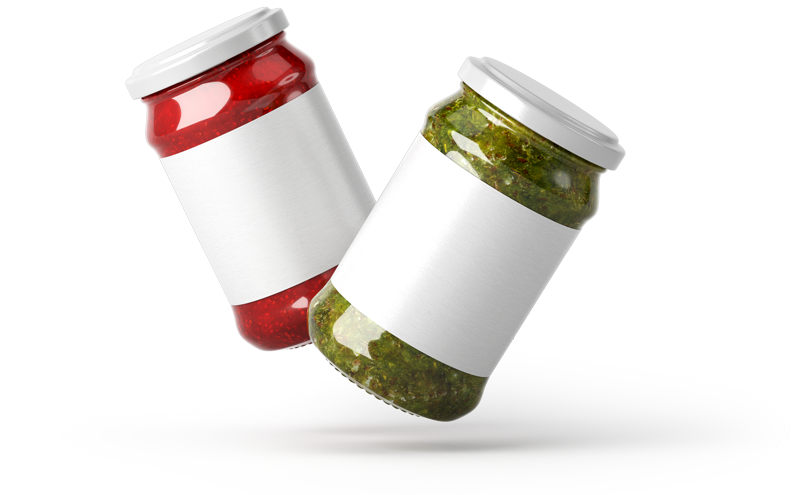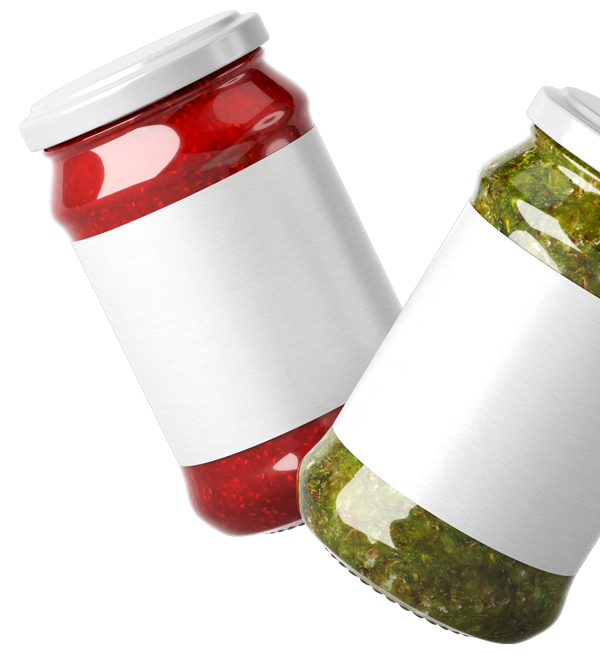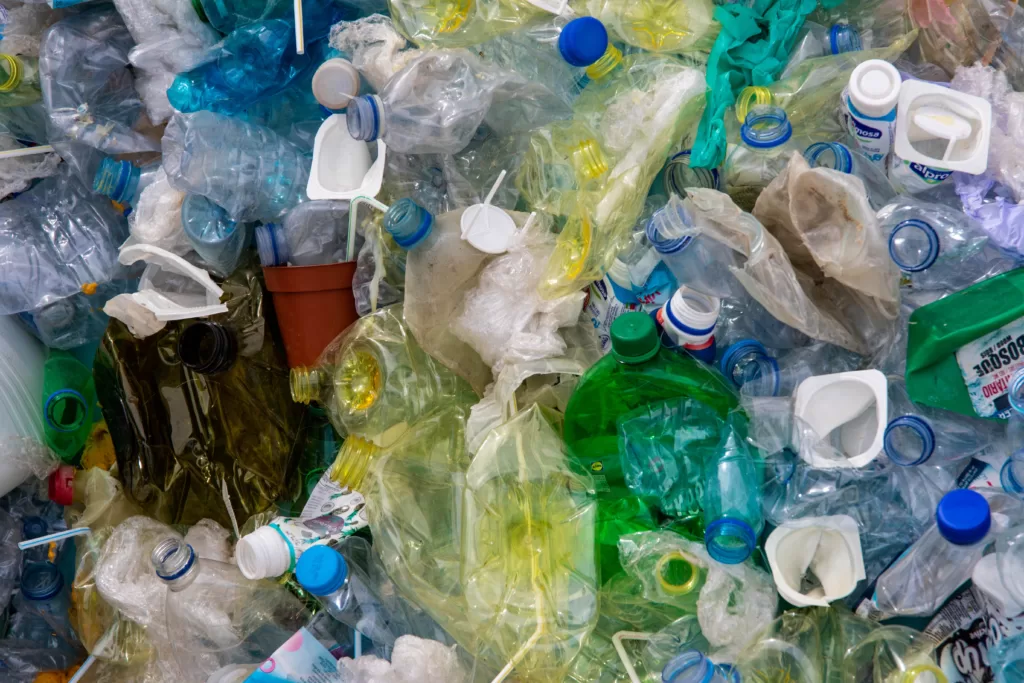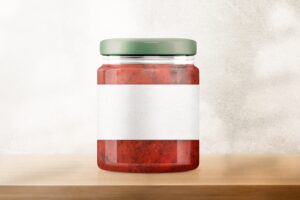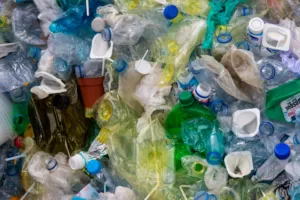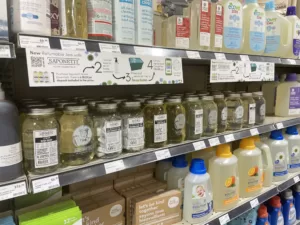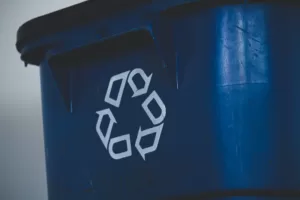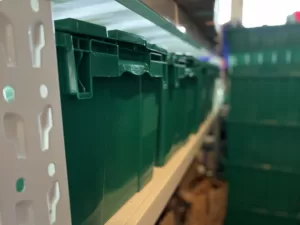Plastics have become an integral part of our daily lives, from food packaging to electronics, and even clothing. Each year approximately 380 million metric tons of plastic are produced yearly, and 9.1 billion US tons of plastic have been produced since plastic was introduced in the 1950s. The amount of plastic produced in a year is roughly the same as the entire weight of humanity.
However, the chemicals in plastics can harm both humans and the environment. In this article, we will explore how plastics can be harmful and the impact they have on our health and the health of our wildlife.
One of the major concerns with plastics is the presence of microplastics. Microplastics are tiny plastic particles that are less than 5mm in size. They are created when plastics break down and can also be found in a variety of products from production, including cosmetics, cleaning products, and clothing. Microplastics can absorb unwanted and undesirable chemicals including heavy metals, polychlorinated biphenyls (PCBs), and pesticides. These chemicals can then be ingested by humans and animals, leading to a range of health problems.
Worryingly, microplastics have been found in Tap water, beer, and many different wildlife species. It’s even estimated that, through microplastics, humans ingest roughly 5 grams of plastic per week, which is roughly one credit card worth.
Studies have shown that microplastics can cause inflammation, oxidative stress, and damage to DNA in humans. Since plastics are a relatively new invention in our society and have only been in widespread use since the 1950s, there are few long-term studies of the effects of microplastics on the human body. Because of these factors, it is difficult to state with certainty how harmful to human health microplastics are.
Microplastics can also have a significant impact on the environment. They can be ingested by marine life, leading to bioaccumulation in the food chain. This can have a devastating impact on marine ecosystems, as well as on the animals that rely on them for food. Microplastics can also leach chemicals into the soil, water, and air, leading to pollution and environmental degradation.
In addition to microplastics, the chemicals used in the manufacture of plastics can also be harmful. Bisphenol A (BPA) is a chemical commonly used in the production of plastics, including food packaging and water bottles. BPA has been classified as an endocrine disruptor and has been linked to a range of health problems, including reproductive and developmental problems, as well as cancer. Other chemicals used in the production of plastics, such as phthalates, have also been linked to health problems. Phalates in particular can leach out of plastic products and into the surrounding environment and people leading to serious health issues such as inhibiting neurological development in children, obesity, diabetes, and some cancers.
Because of the pervasiveness of plastics, they also often end up in our natural environments, causing the same issues, and more, for wildlife. For example, animals can easily mistake plastic for food and eat it. Plastic ingestion can lead to loss of nutrition, internal injury, intestinal blockage, and starvation in wildlife. Seabirds are especially vulnerable to plastic pollution, and plastic ingestion reduces the storage volume of their stomach, causing starvation.
Though some plastics are made without these harmful chemicals, due to patchwork production standards and confused regulations, it’s almost impossible as a consumer to know what plastic you’re getting and what its long-term effects might be. Things are changing though with many safer plastics being developed that avoid these negative effects, and increase recyclability, without losing the many benefits of plastic.
A great way to reduce your risk is to try and cut toxic plastics out of your life wherever possible, especially when it comes to plastic that houses products you put in or on your body. Although the number for the type of plastic (often found within the “chasing arrows”) isn’t a set rule for whether an item is safe or not, number 5 plastic polypropylene, or simply PP, is widely regarded to be the safest of all plastics due to its heat resistance making it resistant to leaching.
Part of the reason Circulr chose to focus on the reuse of glass jars was to avoid many of the health problems with plastics. Our team also tries to avoid plastic in many other ways, like looking closely at the materials used in the clothes we purchase, using reusable produce and grocery bags when we go shopping, and always trying to purchase products that have the least amount of packaging or purchasing products without packaging if possible.

